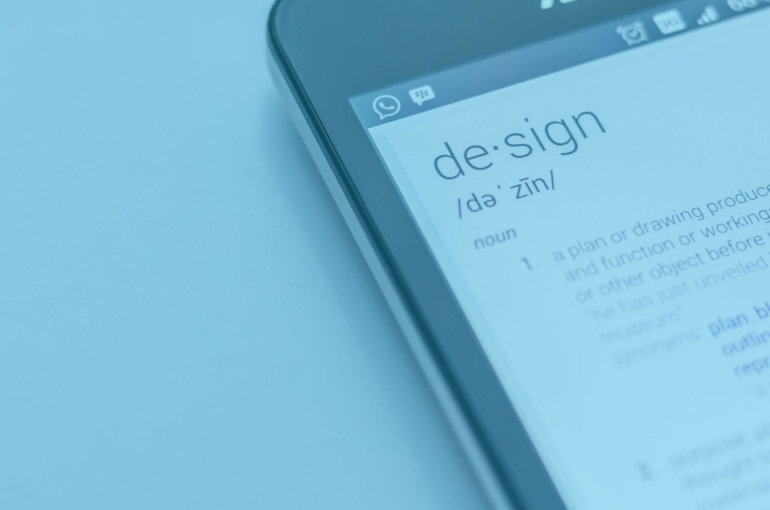Why You Should Treat Your Marketing Material Like Apple Treats Its User Experience

Many brands believe that they cannot or don’t need to create appealing designs due to the nature of their product or service. This couldn’t be further from the truth. What you have to remember is that there is always another person on the receiving end of your marketing efforts, regardless of your brand’s area of business. Whether they’re an individual customer or a purchasing manager, people expect to see an appealing presentation fitting the design style and quality they are used to.
Whether they’re an individual customer or a purchasing manager, people expect to see an appealing presentation fitting the design style and quality they are used to.
So, what’s the key to effective marketing? Picture the brands you love. Practically every successful brand has one thing in common: customers’ attention is rewarded with aesthetically pleasing and logically constructed marketing material. This one factor is key to success from the pitch to the close of the sale to the use of the product or service.
Today’s Aesthetic Standards
One name stands out among brands that have successfully tailored their products, services and user experience to their customers: Apple. Anyone who uses Apple products becomes accustomed to the brand’s design standards and aesthetic feel.
Apple has received the CMO Survey Award for Marketing Excellence for 11 years in a row, and the results of its marketing strategy are undeniable: in 2018’s third fiscal quarter alone, the brand made over $53 billion in profits.
Apple recognises that people judge brands based on appearances. Having the best product only gets you so far. Products need to be presented in an appealing, creative, professional way to get customers’ attention.
Nike is another global brand that takes its aesthetic standards seriously. Spending over $3 million on marketing annually, Nike has developed a standard to its marketing strategy that has made it one of the most recognisable brands in the world. Nearly every advertisement follows a simple formula that includes the Nike swoosh logo and a motivational sentence overtop a minimalistic image. These simple yet elegant and impactful campaigns create a recognisable image that successfully appeals to its consumer base.
People judge brands based on appearances. Having the best product only gets you so far.
Luxury brands pay special attention to the aesthetics in their marketing. For instance, Louis Vuitton spends nearly half of its earnings on marketing campaign that feature celebrities holding its products. Its advertisements are so distinctive that they often don’t even include the name of the brand. This creates a sense of exclusivity that has put Louis Vuitton at the top of the line for luxury brands.
Coca-Cola also has a colossal marketing presence due in no small part to its focus on aesthetics and consistency. The company spends over $4 billion on its marketing materials annually to maintain its unmistakable look and feel in its advertisements, logos and products. The result? “Coca-Cola” is the second-most-recognised word in the world.
If you take nothing else from this article, just remember this: you need to start treating your marketing material like the best companies in the world do. In other words, you need to treat your marketing material as a serious aesthetic challenge.
How to Meet the New Marketing Standard
Whether your marketing material is online or offline, you need to create a pleasing and logical user experience for your customers. Even if your business is purely B2B, it’s about honouring the attention that you’re getting by giving something back that is aesthetically pleasing and also builds a case for your product or service. That’s how successful brands soar above the competition.
Here are four essential principles of design to keep in mind:
Simplicity
Simplicity is highly effective in a digital world where we are constantly bombarded with information. The idea behind simplicity is to achieve maximum effect with minimum means:
- Avoid unnecessary complexity or overcrowding in your design.
- Ensure your website offers easy navigation, an intuitive menu and an understandable layout.
- Make use of symbols and metaphors as a quick and effective way of expression not restricted to language.
Unity
Your marketing material is more than just a collection of separate items; it is meant to work together to convey a core message in a meaningful way:
- Ensure that all your channels convey the same values, aesthetic feel and brand image.
- Make sure your font is consistent, properly formatted and readable.
- Choose patterns, words and images that work together to create a harmonious whole – no one single element should be detracting from the other.
Emphasis
You can’t just dump information on your audience; rather, focus on what points in design and message you want to draw forward:
- Use contrast and attractive colours to highlight key parts of your marketing material but avoid elements and images that clash too powerfully.
- Position the main elements strategically to guide the reader’s eye towards those elements.
- When creating new materials, increase the novelty of your design while preserving its typicality to convey new messages without losing familiarity.
Responsiveness
Responsiveness is about continually improving, adjusting and adapting based on customer response while keeping the core message and feel:
- Listen to customer feedback and take note of what they like and dislike about your brand; with this feedback, make changes to better reflect their expectations.
- Never be afraid of throwing out an idea that is not working or adopting a new concept that customers want but you never expected.
- Leverage human emotions in your design to elicit positive emotional experiences and increase customer engagement.

